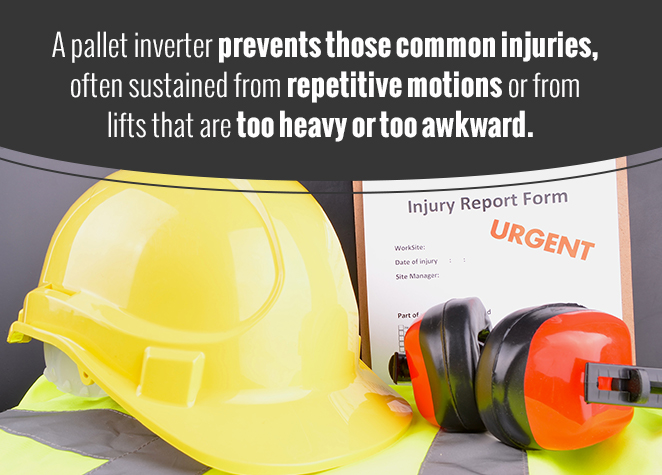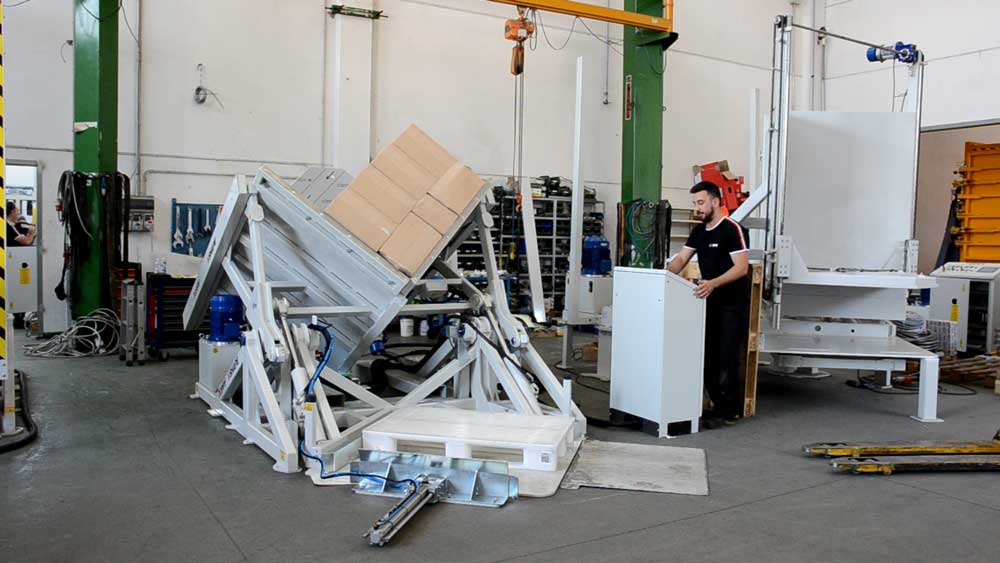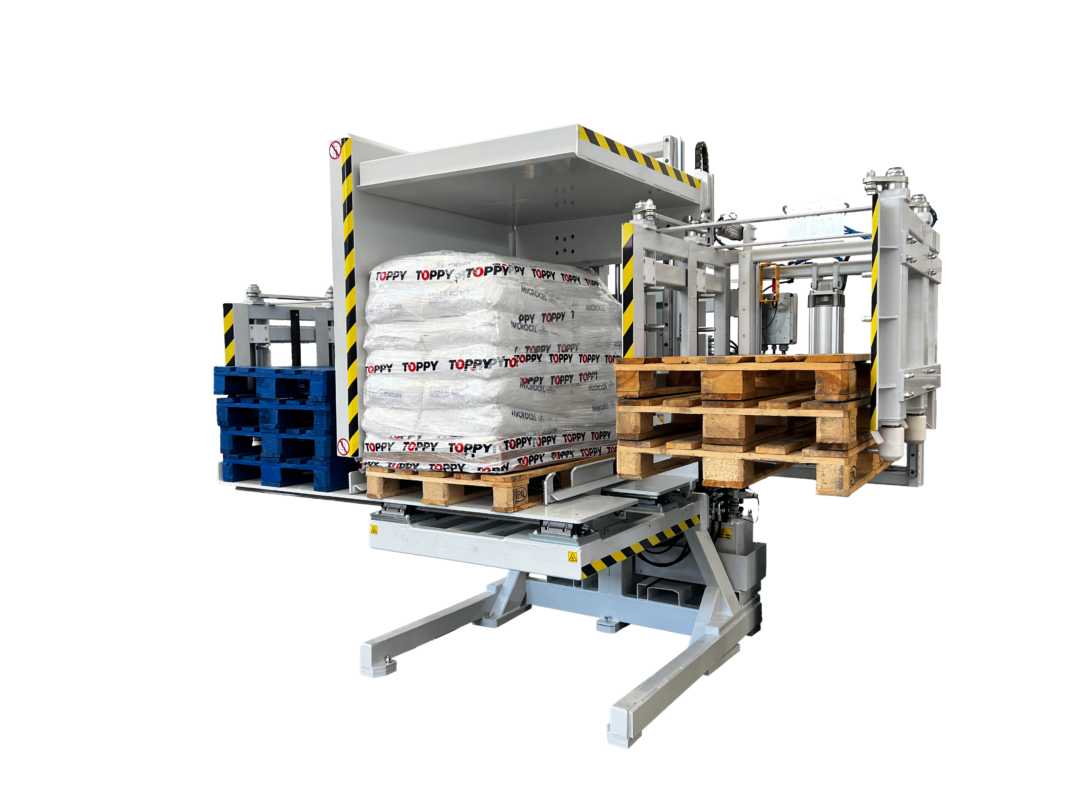Modern warehouses rely heavily on pallet inverters and handling equipment to streamline operations. However, their performance hinges on one critical factor: proactive maintenance. Neglecting routine care can lead to catastrophic failures, costly downtime, and safety hazards. Here’s how to optimize these systems for peak performance.
Why Maintenance Matters: The Hidden Costs of Neglect
Pallet inverters and handling equipment are high-stakes investments. Without regular upkeep, businesses risk:
- Unplanned downtime (up to 20% productivity loss in severe cases)
- Repair costs exceeding $5,000 for hydraulic or motor failures
- Safety incidents due to equipment malfunctions
A study by the Material Handling Institute found that preventive maintenance reduces repair expenses by 25–30% and extends equipment lifespan by 40%.Pallet Inverter Maintenance: A Step-by-Step Checklist
Follow this actionable guide to keep your pallet inverter running smoothly:

| Task | Frequency | Key Actions |
|---|---|---|
| Lubrication | Weekly | Apply grease to clamp slides, rack & pinion, and bearings. |
| Hydraulic System Check | Monthly | Inspect hoses for leaks; replace if wear exceeds 1/8" depth. |
| Electrical Inspection | Quarterly | Test wiring integrity; calibrate controls for load rotation accuracy. |
| Full System Calibration | Annually | Verify alignment, pressure settings, and safety sensors (e.g., light curtains). |
Critical Notes:
- Use ISO VG32 hydraulic oil (0.4L capacity) to avoid pump resistance.
- Always lock out/tag out power before servicing.

Troubleshooting Common Pallet Inverter Failures
| Even with meticulous care, issues can arise. Here’s how to diagnose and resolve them: | Issue | Symptoms | Immediate Action |
|---|---|---|---|
| Hydraulic Failure | Slow rotation; fluid leaks | Check pump pressure (ideal: 1,500–2,000 PSI); replace seals if worn. | |
| Motor Malfunction | Unresponsive controls; overheating | Test voltage input; inspect for burnt windings or faulty capacitors. | |
| Electrical Faults | Erratic sensor readings | Reset circuit breakers; recalibrate light curtains to ensure 3 blue LEDs activate. |

Pro Tip: Partner with certified technicians for complex repairs to avoid voiding warranties.
Pallet Truck Maintenance: 6 Budget-Friendly Strategies
Extend the life of your pallet trucks with these cost-effective practices:
1. Hydraulic Oil Management
- Viscosity: 30cSt at 40°C (ISO VG32)
- Capacity: 0.4 liters
- Bleeding Air: Lower forks fully, then pump the handle 10–15 times to purge bubbles.
2. Wheel Care
- Cleaning: Remove debris daily to prevent 70% of wheel wear.
- Load Limits: Never exceed the rated capacity (e.g., 5,500 lbs for standard models).
3. Chain Alignment
- Inspection: Monthly checks for slack or misalignment.
- Adjustment: Tighten if forks fail to lower.
Safety Protocols: Protecting Workers and Products

Employee Training Essentials
- Lockout/Tagout: Always disconnect power before maintenance.
- PPE: Safety glasses during air compressor use; gloves for hydraulic work.
Operational Best Practices
- Slope Handling: Avoid inclines >5° to prevent rollaways.
- Load Security: Use stretch wrap or straps to stabilize unstable pallets.
Modular Inverters: 5 Lifespan-Boosting Tips
For facilities using modular inverters, prioritize these steps: Factor Guideline Application Matching Select inverters with a load rating 15% above operational needs.

![8 Critical Factors When Choosing a Wire Coil Wrapping Machine [2025 Buyer’s Guide] 8 Critical Factors When Choosing a Wire Coil Wrapping Machine [2025 Buyer’s Guide]](https://i0.wp.com/www.fhopepack.com/blog/wp-content/uploads/2023/01/Master-coil-stretch-wrapper-zt.webp?w=1024&resize=1024,1024&ssl=1)


